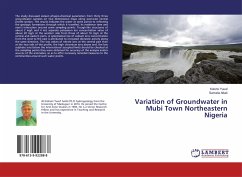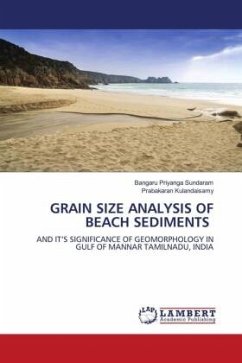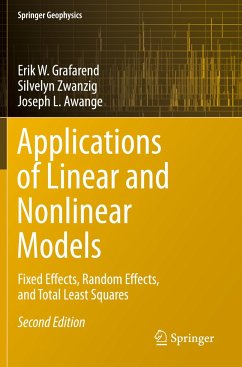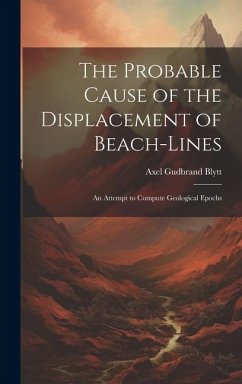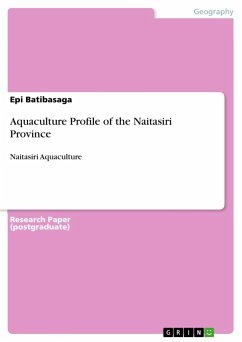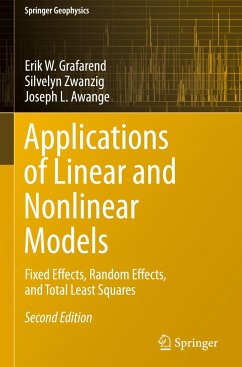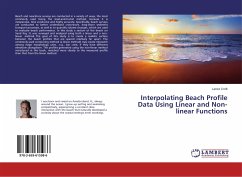
Interpolating Beach Profile Data Using Linear and Non-linear Functions
Versandkostenfrei!
Versandfertig in 6-10 Tagen
27,99 €
inkl. MwSt.

PAYBACK Punkte
14 °P sammeln!
Beach and nearshore surveys are conducted in a variety of ways, the most commonly used being the level-and-transit method, because it is inexpensive, time conducive and highly accurate. Specifically, beach surveys are conducted to better understand cross-shore, long-shore sediment transport processes, as well as to quantify volume changes, which are used to evaluate beach performance. In this study a section of the beach on Sand Key, FL was surveyed and analyzed using both a linear and a non-linear method. The goal of this study is to create a realistic surface between the beach profiles that ...
Beach and nearshore surveys are conducted in a variety of ways, the most commonly used being the level-and-transit method, because it is inexpensive, time conducive and highly accurate. Specifically, beach surveys are conducted to better understand cross-shore, long-shore sediment transport processes, as well as to quantify volume changes, which are used to evaluate beach performance. In this study a section of the beach on Sand Key, FL was surveyed and analyzed using both a linear and a non-linear method. The goal of this study is to create a realistic surface between the beach profiles that are spaced relatively far apart. The commonly used contouring method (a linear method) may create mismatch among major morphology units, .e.g., bar crest, if they have different elevations alongshore. The profiles generated using the non-linear method introduced in this book, matched more closely to the measured profile than that from the linear method.



